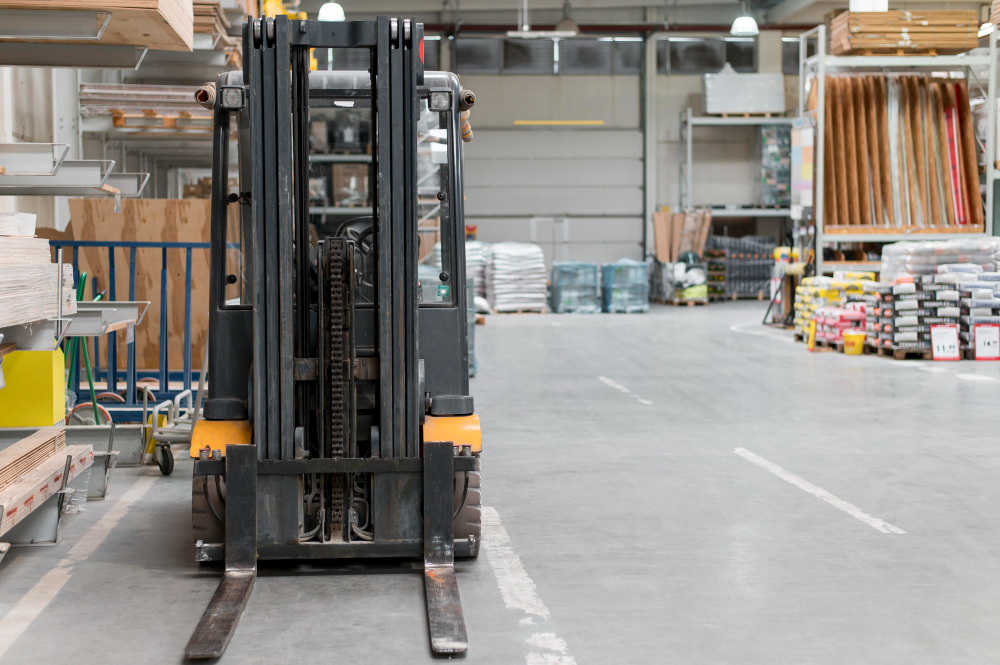Using attachments on a forklift can significantly enhance its versatility and functionality. However, it’s crucial to adhere to specific requirements and guidelines to ensure the safe and efficient operation of the forklift. This article explores the essential considerations when using attachments on a forklift to maintain safety, compliance, and optimal performance.
Compatibility with Forklift Model:
When selecting an attachment for a forklift, it’s imperative to ensure compatibility with the specific make and model of the forklift. Not all attachments fit every type of forklift, and using an incompatible attachment can lead to operational issues and compromise safety.
Weight Capacity Adjustments:
Attachments can alter the weight distribution and load capacity of a forklift. Before using an attachment, operators must adjust the forklift’s load capacity according to the attachment being used. The combined weight of the attachment and the load must not exceed the forklift’s rated capacity to prevent accidents and maintain stability.
Proper Installation Procedures:
The correct installation of attachments is paramount for safe operation. Each attachment comes with specific installation instructions provided by the manufacturer. Operators should follow these instructions meticulously, ensuring that the attachment is securely fastened to the forklift. Loose or improperly attached attachments can pose serious risks during operation.
Operator Training and Certification:
Operators must receive proper training and certification to use specific attachments. Training programs should cover attachment installation, operation, and safety precautions. Certified operators are more likely to operate forklifts with attachments safely, reducing the risk of accidents and improving overall efficiency.
Visibility Considerations:
Attachments can impact the operator’s visibility, especially when handling loads at different heights. Manufacturers design attachments with various visibility features, and operators should be aware of how the chosen attachment may affect their sightlines. Clear visibility is crucial for avoiding collisions and ensuring safe operation.
Stability Analysis:
Different attachments can affect the stability of a forklift, particularly when lifting heavy or uneven loads. Operators must assess the stability implications of each attachment and adjust their operation accordingly. Understanding how an attachment influences the forklift’s stability is crucial for preventing tip-overs and maintaining a secure working environment.
Center of Gravity Management:
Attachments can shift the center of gravity on a forklift, impacting its balance. Proper positioning of the load on the attachment is essential to maintain stability during lifting and transporting operations. Operators should be trained to understand the changes in the center of gravity associated with different attachments and adjust their approach accordingly.
Regular Inspections:
Routine inspections of both the forklift and the attachment are vital for identifying any signs of wear, damage, or malfunction. Regular maintenance checks should be conducted according to the manufacturer’s recommendations. Addressing issues promptly ensures that the forklift and its attachments remain in optimal condition, reducing the risk of unexpected failures during operation.
Compliance with Local Regulations:
Operating a forklift with an attachment should comply with local safety regulations and standards. These regulations may include specific requirements for training, equipment specifications, and operational procedures. Staying informed about and adhering to these regulations is crucial for legal compliance and workplace safety.
Conclusion:
In conclusion, using attachments on a forklift can enhance its capabilities, but it requires careful consideration and adherence to safety guidelines. From compatibility and weight capacity adjustments to proper installation and operator training, each step in the process contributes to the overall safety and efficiency of forklift operations. By following these best practices, businesses can ensure a secure working environment, prevent accidents, and optimize the performance of their forklifts with attachments.



